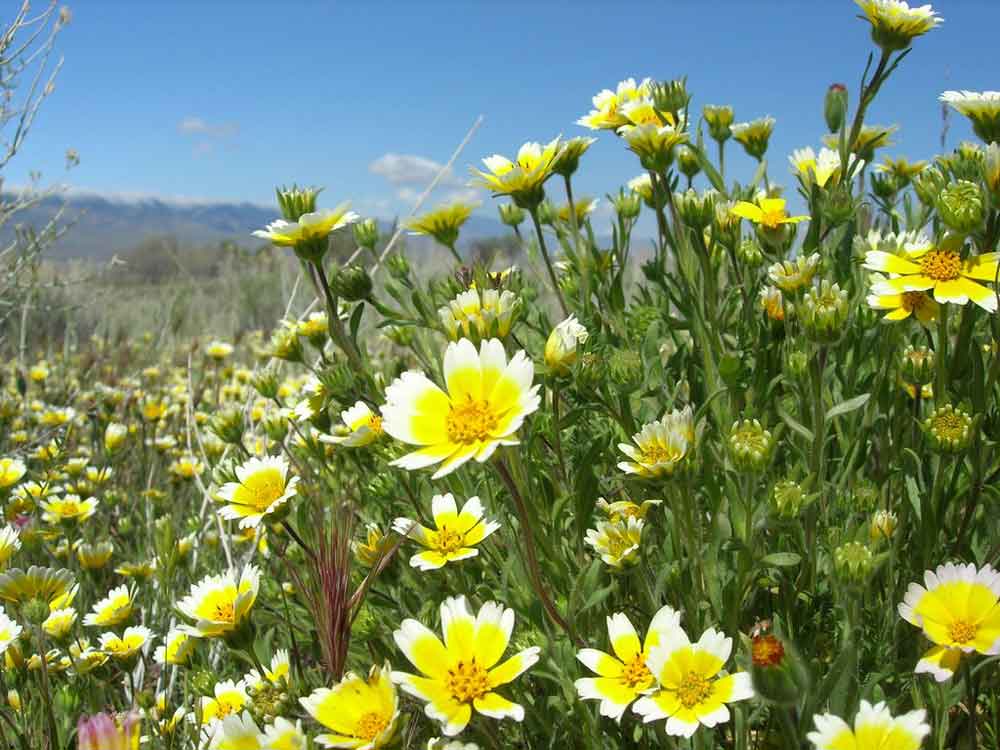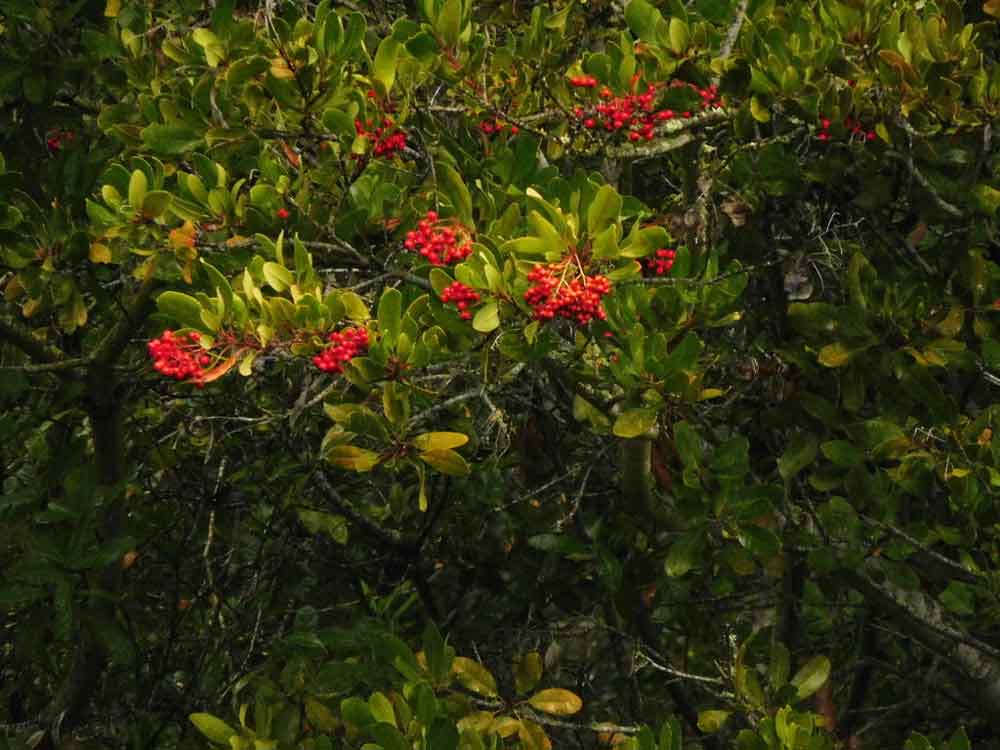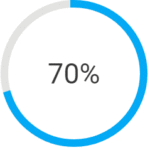Inglewood, CA 90302
The Los Angeles Plain, part of the Southern California Coastal Plain ecoregion, boasts a diverse array of native plants that are well-adapted to the local climate and provide significant benefits to pollinators and wildlife. This curated list of 25 native plants suitable for Inglewood, CA showcases species that not only contribute to a vibrant and diverse garden landscape but are also relatively easy to maintain for the average home gardener.

From drought-tolerant perennials to colorful annuals, and from hardy grasses to attractive shrubs and small trees, these native plants offer a range of options for creating an ecologically beneficial and visually appealing garden in Southern California.
Perennial Forbs
Perennial forbs form the backbone of many native gardens in Inglewood, CA, offering long-lasting beauty and ecological benefits:
California Buckwheat (Eriogonum fasciculatum) – Provides nectar for butterflies and bees, and seeds for birds. [full sun]
Showy Penstemon (Penstemon spectabilis) – Attracts bumblebees and hummingbirds with its striking purple flowers. [full sun]
Coyote Mint (Monardella villosa) – Offers nectar to bees and butterflies, and has aromatic foliage. [full sun, partial sun]
California Poppy (Eschscholzia californica) – Attracts a variety of native bees and is known for vibrant orange blooms. [full sun]
Beach Evening Primrose (Camissonia cheiranthifolia) – Offers bright yellow flowers and supports pollinators. [full sun]
Golden Yarrow (Eriophyllum confertiflorum) – Provides bright yellow blooms that attract pollinators. [full sun]
California Aster (Symphyotrichum chilense) – Attracts bees and butterflies with its lavender blooms. [full sun, partial sun]
Sticky Monkeyflower (Mimulus aurantiacus) – Attracts hummingbirds and bees with its tubular flowers. [full sun, partial sun]

Annual Forbs
Annual forbs native to the Los Angeles Plain provide vibrant bursts of color and attract a variety of pollinators to gardens. These easy-to-grow plants offer seasonal beauty and ecological benefits, making them valuable additions to native landscapes. Here’s a selection of native annual forbs well-suited to the area:
California Sunflower (Helianthus californicus) – Provides nectar and pollen for bees and seeds for birds. [full sun]
Farewell-to-Spring (Clarkia amoena) – Attracts bees and butterflies with its pink flowers. [full sun, partial sun]
Tidy Tips (Layia platyglossa) – Offers nectar for bees and butterflies with its cheerful yellow flowers. [full sun]
Elegant Clarkia (Clarkia unguiculata) – Attracts bees with its vibrant pink blooms. [full sun, partial sun]
Blazing Star (Mentzelia lindleyi) – Provides nectar for bees and butterflies with its bright yellow flowers. [full sun]

Grasses
These grasses are well-adapted to the local climate, requiring minimal maintenance while offering year-round interest and ecological benefits. Here’s a selection of native grasses suitable for Inglewood gardens:
Deer Grass (Muhlenbergia rigens) – Provides habitat for wildlife and is drought-tolerant. [full sun, partial sun]
Purple Needlegrass (Stipa pulchra) – California’s state grass, supports wildlife and stabilizes soil. [full sun]

Shrubs
Native shrubs provide structure, habitat, and year-round interest in Inglewood gardens while supporting local wildlife. Here is a selection of native shrubs and small trees well-suited to the Los Angeles Plain:
California Sagebrush (Artemisia californica) – Aromatic foliage supports birds and insects. [full sun]
Black Sage (Salvia mellifera) – Offers nectar for hummingbirds and bees with its fragrant flowers. [full sun]
California Lilac (Ceanothus spp.) – Provides early spring nectar for bees and butterflies. [full sun]
Bush Anemone (Carpenteria californica) – Attracts pollinators with its white, fragrant flowers. [full sun, partial sun]
Manzanita (Arctostaphylos spp.) – Provides early season nectar for bees and other pollinators. [full sun]

Tall Shrubs/Small Trees
Native shrubs and small trees provide structure, habitat, and year-round interest in Inglewood gardens while supporting local wildlife.
Toyon (Heteromeles arbutifolia) – Offers berries for birds and nectar for pollinators. [full sun, partial sun]
Lemonade Berry (Rhus integrifolia) – Provides nectar for pollinators and berries for birds. [full sun, partial sun]
Western Redbud (Cercis occidentalis) – Attracts bees with its spring blooms and provides seeds for birds. [full sun, partial sun]
Hollyleaf Cherry (Prunus ilicifolia) – Offers nectar and fruit for wildlife. [full sun, partial sun]
Coffeeberry (Frangula californica) – Provides nectar and berries for birds and pollinators. [full sun, partial sun]
